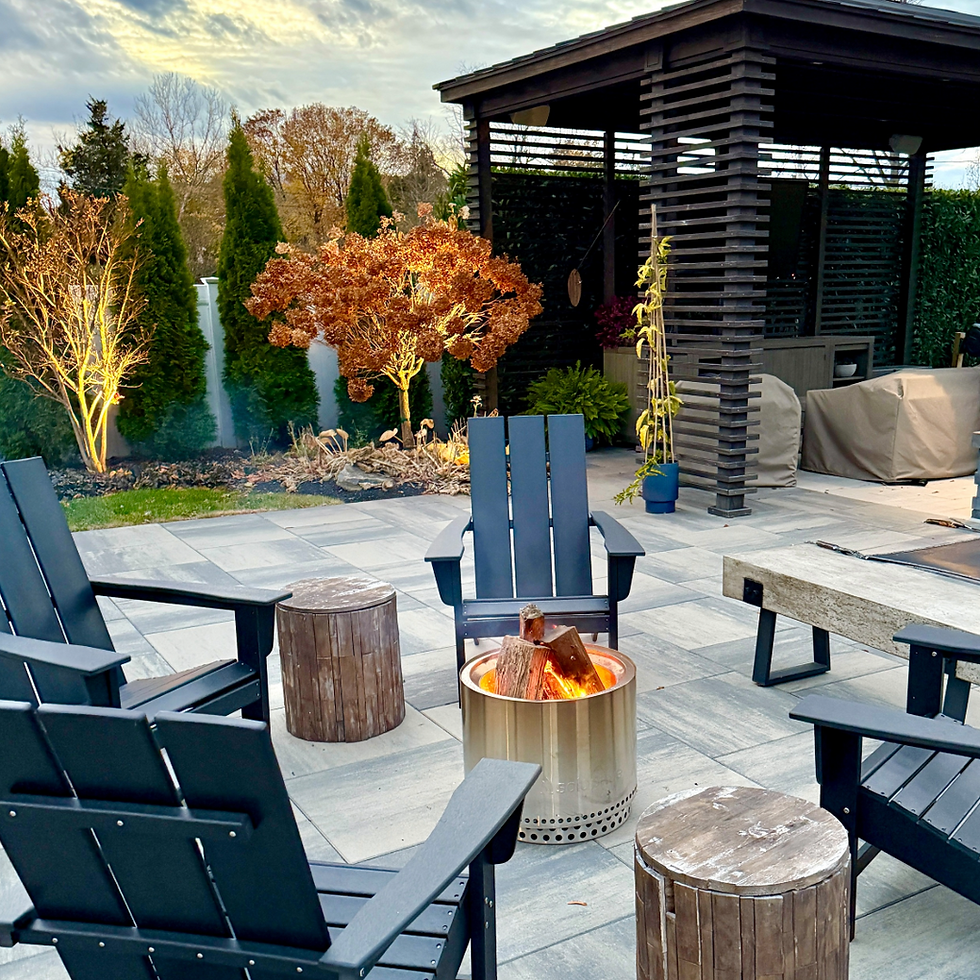Tips for Planting Pumpkin Seeds
- Rebekah
- Jun 13, 2024
- 2 min read
Updated: Sep 19
We're always looking a season (or two!) ahead here at the nursery. We plant our (huge!) pumpkin patch in our fields in mid-June. Mid-late June is the ideal time to plant most varieties. Planting at this time will give you pumpkins in mid-September to mid/ late October, just in time for Halloween.

If you'd like to plant some in your own backyard, here are some tips:
You can plant pumpkin seeds directly in the ground. If your ground is tough, we recommend tilling it beforehand to loosen the soil.
Pumpkins need full sun to grow best. They need at least 6-8 hours of full sun and will not grow in shade or part sun.
You need room to grow pumpkins! Follow the instructions on the back of your seed packet, as some varieties (like giants) need more room than others. It's not uncommon for vining pumpkins to grow to be 20' long. If you don't have this much room, you can trellis the vines. You'll need to make sure to have a strong trellis and support the pumpkins as they begin to ripen.
There are two main methods to grow pumpkins. You can plant in rows or make mounds (small hills) to plant one seed in each mound. Leave 2-5' between each mound. If you're growing larger or giant pumpkins, leave at least 4-5' between each mound. If planting in a row, make sure there is at least 5' of space separating the seeds.
Pumpkins need a good amount of water. It is important to prep the soil so it is loose and water can easily get down into the soil. When watering, be sure to do so in the morning so the leaves have time to dry out over the day. Consistently wet leaves and plants can lead to fungus, disease, and ultimately poor production.
If you're growing larger pumpkins, know that you'll have less than if you're growing minis. Once you have 3-4 blooms on a (larger pumpkin variety) vine, pinch off any other blooms that grow so that the plant can focus on growing those 3 or 4.
Fertilize the pumpkin vines once the vines are about a foot long.
Once pumpkins begin to grow, it's important to let them grow without moving them. You can, however, lift them off the soil to lessen the chance of rotting. If your soil is staying really damp, you can place a piece of cardboard (for example) underneath the pumpkin to help keep it from rotting in the damp soil. Our summers and falls are typically dry in Middle Tennessee, so your soil may not be staying wet enough to need to do this.
Harvest once your pumpkins' rinds are a deep color. They should be hard/ resist denting if you push on them when they're ready. Cut your stem to where it is approximately 3-4 inches long. Be careful not to carry your pumpkin by its stem, as the stem can fall off and the pumpkin can rot quicker.



